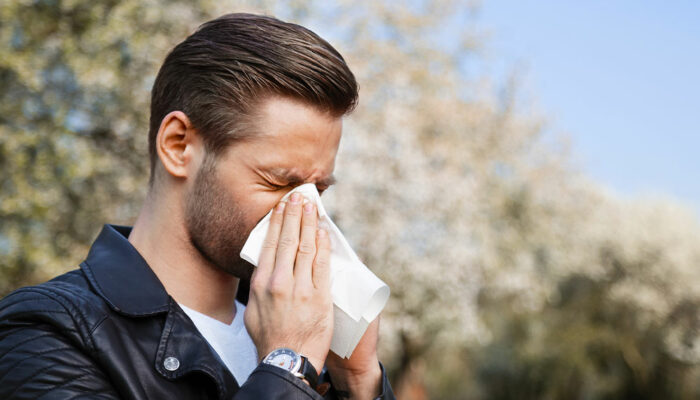
health
7 incredible ways exercise facilitates healthier skin
Healthy skin reflects a thriving body and a healthy immune system. While skincare routines and beauty treatments are essential to maintain skin moisture and remedy skin conditions, exercising one’s way to glowing skin is a relatively new but highly effective route. Today, exercise is recommended for tighter and better-textured skin and to prevent skin diseases. This article provides insight into the different ways in which exercise can contribute to healthy skin: Reverses aging signs A research study demonstrated that individuals aged 65 years and above who maintained basic moderate-intensity aerobics workout routines had skin resembling that of 20-40-year-old individuals. Moreover, recent research suggests that even half an hour of aerobics each day can reverse and prevent signs of aging. Removes toxins from the skin Exercise improves blood flow in the body, which results in more efficient toxin removal from the skin and, consequently, more glowing skin. It also implies that the skin cells are replenished with essential nutrients, resulting in glowing skin and the prevention of skin diseases. Reduces risk for chronic skin problems Exercise releases endorphins or “feel-good” hormones, which considerably reduce stress. Low-stress levels result in bountiful skin health and prevent several skin conditions, such as eczema, psoriasis, and acne.
Read More 








